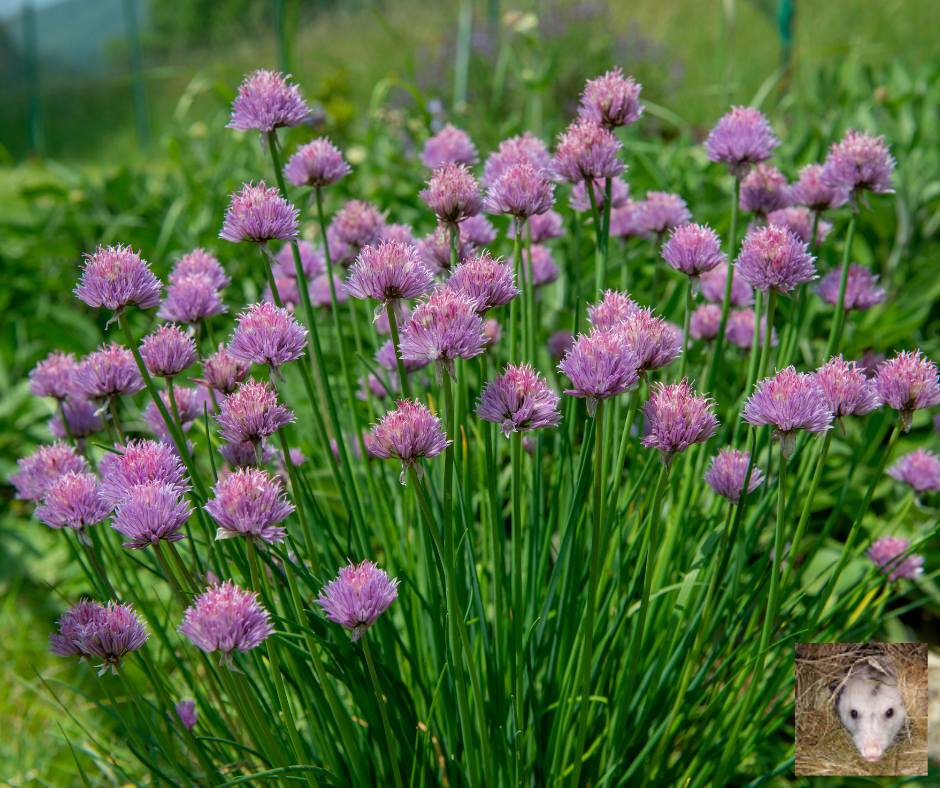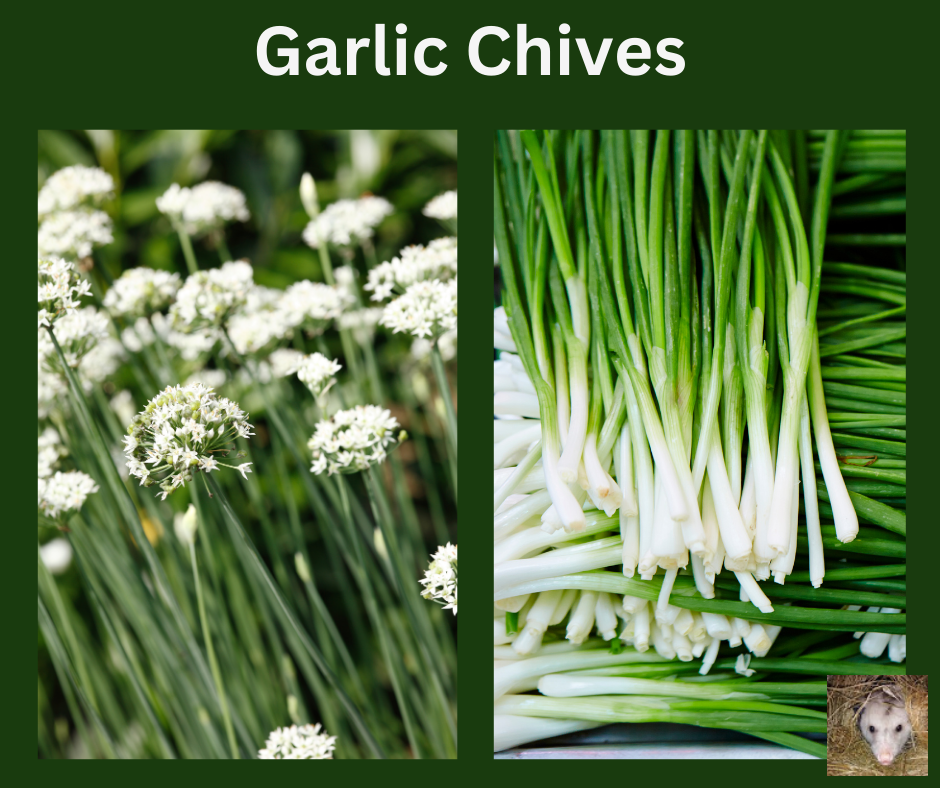Chives are one of those delightful herbs that seem to check all the boxes: easy to grow, tasty, attractive pollinators, and useful in the kitchen. I love to go snip a few leaves to add to whatever I’m cooking.
Let’s dive into why chives deserve a spot in your garden, what types are available, how to grow them successfully, and the many ways you can put them to use. I’ll even sprinkle in a few fun chive facts you may not know!
Why Grow Chives?
First, they’re incredibly hardy. Once you plant them, they’ll often come back year after year with very little fuss. Chives are perennials in zones 3-9 and will come back year after year as long as their roots are not disturbed.
They die back in the winter and return in the spring and need some winter protection in zones above 7. I give mine some nice straw mulch for winter protection.
Their flowers are not only beautiful, but they attract pollinators like bees and butterflies. Having chives in bloom nearby can help increase pollination rates in your vegetable garden, which means more tomatoes, cucumbers, and peppers for you.
Read my article 5 Common Tomato-Growing Mistakes
From a cooking perspective, chives offer a mild onion flavor that’s versatile and fresh. They’re wonderful sprinkled on eggs, stirred into dips, or tossed over baked potatoes. And unlike onions, they don’t overwhelm a dish—they add brightness without bitterness. See my cooking suggestions below.
They are an excellent choice for small-space gardeners, apartment dwellers, and busy families who want a low-maintenance plant that keeps on giving.























